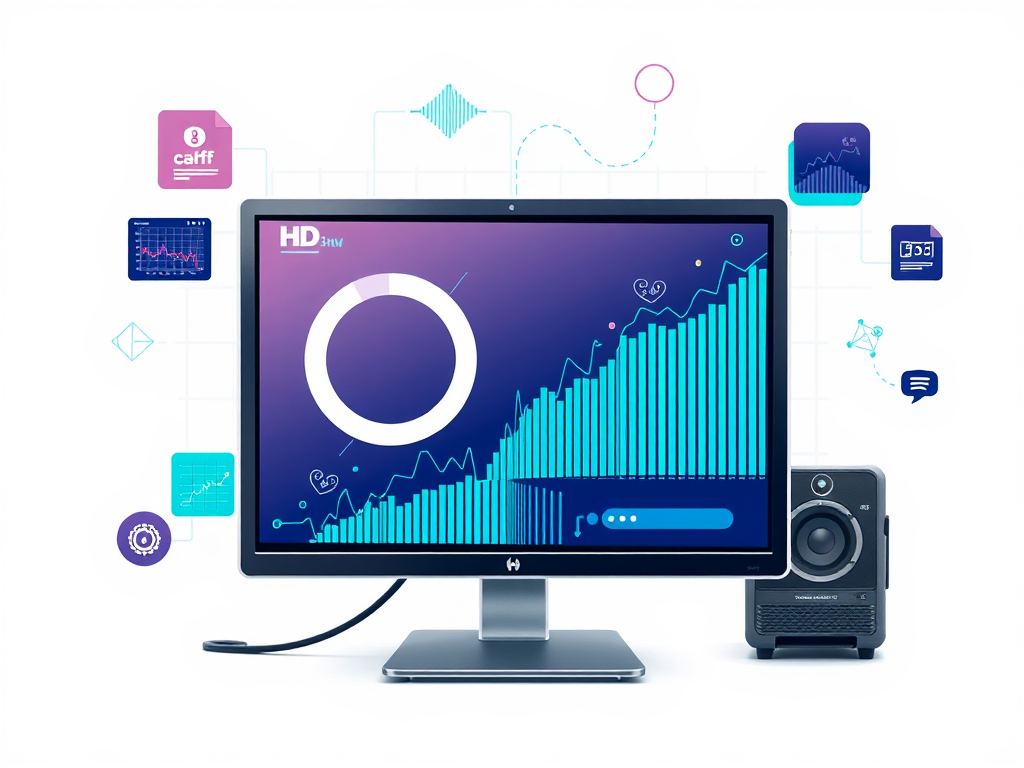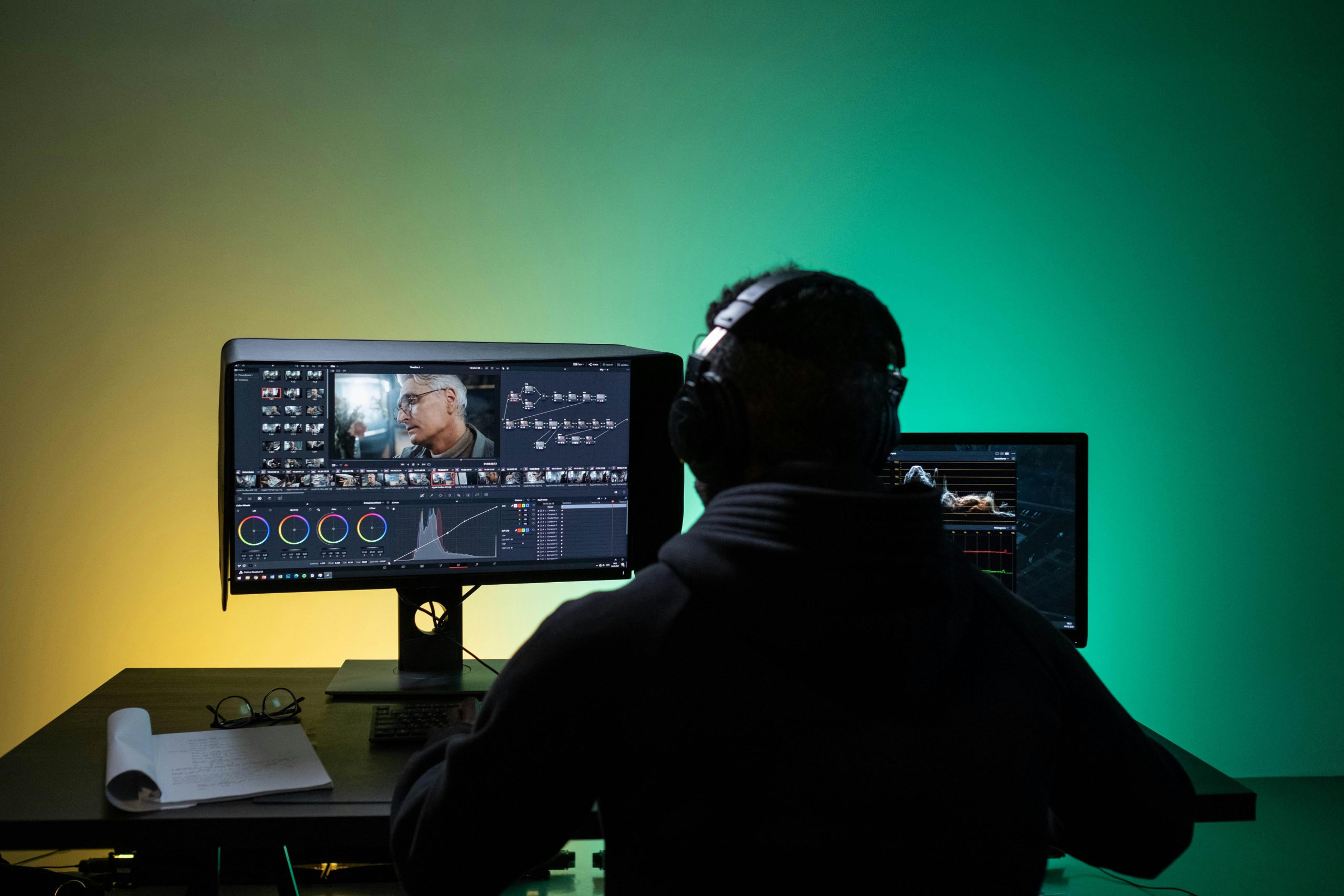Visualising your video before filming saves time and sharpens your story’s impact. Creating a storyboard breaks down your concept into clear, manageable scenes — turning ideas into a compelling visual plan. Follow simple, practical steps to craft engaging storyboards that guide production smoothly and boost creativity, no matter your experience level.
Essential steps for creating an engaging video storyboard
To start your video planning process, understanding the purpose of a storyboard is fundamental: it acts as a visual script, helping you map out scenes, camera angles, and the flow before production begins. This page explains it in detail: https://playplay.com/product/video-storyboard. By organizing your script visually, you spot inconsistencies early, which promotes smoother collaboration and saves time later in production.
Additional reading : Exploring innovative iot marketing strategies adopted by uk businesses
Begin your storyboarding journey by defining your main message and segmenting it into key scenes. Sketch each scene as a simple frame, adding directional notes such as camera movements or dialogue beneath the visuals. Use available storyboard templates and formats to structure your frames—many platforms now have drag-and-drop tools, allowing you to quickly arrange and revise sequences.
Leverage real-time collaboration features so both creative and technical teams can add feedback or adjust scenes rapidly. Experiment with customizing text styles and colors to suit your brand guidelines, and utilize drag-and-drop interfaces for easy reordering or duplication of frames. Remember, flexibility in editing allows you to adapt storyboards as concepts evolve—perfect for both beginners and professionals aiming for effective scene planning.
Additional reading : Exploring the revolutionary impact of 5g on uk digital advertising
Structure, visualize, and organize your video storyboard
Outlining your script into visual scenes and defining shot sequences
Using visual storytelling techniques, begin by breaking down your narrative into clear, manageable segments. For each scene, identify pivotal actions, dialogue, and mood. This step focuses on organizing script and visuals: match script elements with corresponding visuals to clarify intent. Define shot sequences early by specifying angles, movements, or transitions for each scene. Logical progression is key—ensure each shot flows naturally to the next, maintaining continuity throughout the storyboard.
Sketching each storyboard frame and visualizing key moments
Translate your outlined script into visible panels by sketching storyboard frames. Start with rough sketches to quickly capture composition and movement. Use these simple drawings not for artistry but to streamline communication and planning. As part of visualizing key scenes, highlight essential actions, emotional beats, or plot twists in each frame. This process signals which moments will shape audience engagement and narrative rhythm.
Tips for balancing detail and simplicity in panel creation
For efficient storyboard development, strive for balance when crafting panels. Too much detail may slow down production, while too little can obscure meaning. Combine effective visual storytelling techniques with clarity: use focused sketches, straightforward annotations, and consistent symbols. When organizing script and visuals, keep panel layouts clean and clearly labelled, ensuring every collaborative member interprets each scene as intended.
Choosing and Using Digital Storyboard Tools
Overview and comparisons: Storyboard That, Boords, Canva, and PlayPlay
Digital storyboarding platforms now offer extensive features for video planning basics, catering to diverse needs in pre-production workflow. Storyboard That stands out for its compliance with education regulations and its vast library of templates and formats, making it ideal for teachers seeking effective storyboard templates and formats. Boords streamlines pre-production with its intuitive interface and integrates AI for step-by-step storyboard creation, allowing creative teams to manage collaboration and organizing script and visuals efficiently. Canva, as a popular digital storyboard app, emphasizes a drag-and-drop experience, access to millions of images, and real-time co-editing—appealing to anyone who values workflow automation in storyboarding. PlayPlay, meanwhile, enables frame-by-frame planning and preview, incorporating automated motion design and flexible, easy-to-edit structures—optimizing storyboarding for video production regardless of skill level.
Features and benefits of digital storyboarding platforms
Many free storyboard tools online support faster progression from idea to visual storytelling techniques. These tools allow creators to define shot sequences, attach dialogue and notes, and manage essential elements of storyboards like timing and pacing in storyboards through accessible templates.
Tips for selecting and integrating storyboard tools into your workflow
When choosing among online resources for storyboard creation, consider integration with existing platforms, real-time collaboration, and customization options. Selecting tools that enhance effective communication through storyboards ensures your video shoot preparation with storyboards is consistent, clear, and accessible throughout each project stage.
Enhancing Collaboration and Refining Your Storyboard for Production
Real-time collaboration and feedback tools for teams and clients
Effective communication through storyboards is essential for any production team. Digital platforms now support real-time collaboration, allowing storyboard teams and clients to edit, review, and comment on frames instantly. Multiple users can add notes, adjust visuals, and see revisions live, minimizing confusion and miscommunication. Interactive timelines and frame comments help to incorporate feedback efficiently into each draft.
Strategies for refining storyboards: review, feedback, and version control
A clear storyboard review and feedback process ensures clarity before filming. Set scheduled review points, using built-in version histories for transparent tracking of changes. Collaboration tips for storyboard teams include designating feedback roles, enabling fast decision-making. Efficiently incorporating feedback increases engagement and reduces costly missteps. Use feedback checkpoints to identify missing visuals, optimize script-to-frame alignment, and ensure annotations support every scene.
Final checks before production: exporting, presenting, and distribution options
Preparing storyboards for filming involves precise final checks: confirm artwork accuracy, revise shot lists, and validate dialogue or scene instructions. Export completed storyboards as high-resolution PDFs or interactive digital presentations, choosing formats suitable for the production environment. Use presentation mode and specific sharing workflows to facilitate review, approval, and distribution among all team members, supporting effective communication through storyboards right up to production day.





